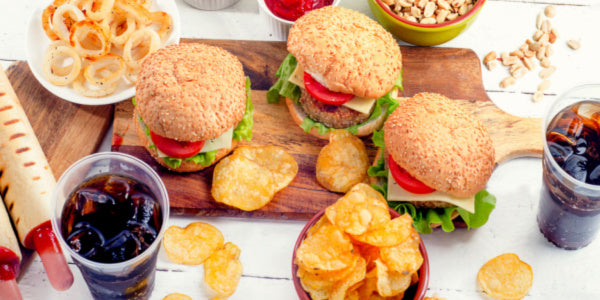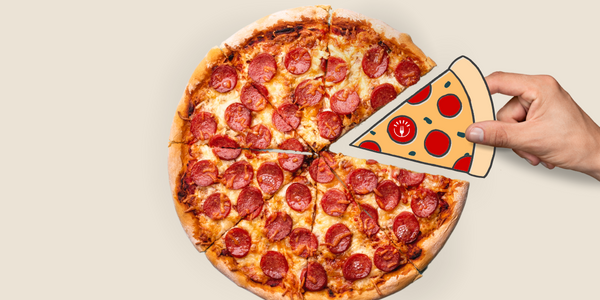
What are empty calories? Empty calorie foods are typically high in solid fat or added sugar content and low in nutrients (i.e. vitamins and minerals). However, foods with empty calories may have been villainized by the media recently, leaving you to wonder whether you can enjoy your favorite snack, treat, or drink.
Keep reading for everything you need to know about consuming empty calories, including examples of empty calories.
What Are Empty Calories?
Empty calories are generally defined as calories that don’t add any nutritional value. These foods are often called “junk foods” and have very little vitamin or mineral content. Common foods seen as empty calories contain higher levels of:
• Alcohol
• Fats and oils
• Processed ingredients
• Refined carbohydrates
• Sugar
Calories contribute energy to the body, but vitamins and minerals contribute nutrients the body needs to function and grow. When a food has calories but not a lot of nutrients, that pattern of consumption can lead to weight gain. This is due to the fact that the extra calories in your diet and a lack of real nutrition can result in those extra calories being stored as fat.
Too many empty calories, or going to the other end of the spectrum and fixating on “negative-calorie” foods (i.e. low-calorie foods like cucumbers), can lead to not enough of the following:
• Healthy fats
• Fiber
• Protein
• Vitamins and minerals
Essentially, it’s important to not get caught up in labeling foods as “empty calories”. It can quickly turn into a dangerous labeling game, where foods can become “good” or “bad.” In any sustainable, healthy diet, there is room for empty calories every once in a while.
Should You Avoid or Enjoy Empty Calorie Foods?
The tricky thing is that not all “fat-free” or “low-calorie” foods are considered good-for-you. Low-fat cookies may be good in small portions, but patterns of overeating can cause you to gain weight all the same.
In other words, it is okay to eat empty calories every once in a while. While your diet should focus on nutrient-dense foods, it’s okay to celebrate special occasions or enjoy a weekly sweet treat (i.e. for date night).
Instead of stressing over empty calories, understand that eating empty calorie foods should be the exception and not the rule. Basically, empty calories can be likened to red meat. You can enjoy them every once in a while, but have these foods sparingly.
Examples of Empty Calories
Cookies, candies, and sodas may be the first foods that come to mind when you think of “empty calories” but other nutrient-poor foods can be sneaky.
The following list can help you identify food and drink sources of empty calories in your diet:
• Breakfast: pop-tarts, sugary cereals, doughnuts, chocolate milk, muffins
• Lunch/Dinner: processed meats like bacon, sausages, and hotdogs; “fast food”, such as burgers, pizza, fried chicken, and french fries
• Snacks: chips, granola bars, sweetened applesauce
• Drinks: energy drinks, fruit juice (that isn’t 100% juice)
• Desserts: snack cakes, high-fat dairy-based desserts (i.e. ice cream), grain desserts (i.e. cookies)
• Other: biscuits, shortening, processed oils (i.e. soybean, canola), condiments
The Bottom Line On Empty Calories
Empty calories aren’t the enemy, but your thoughts about empty calories might be. The truth is that every food contains calories and can fit within a well-balanced diet.
Steer clear of too many non-nutritious calories in your everyday diet, but don’t be afraid to enjoy these foods on special occasions.
Reference:
Wilson C. “Negative-Calorie Foods” Still Count. EatRight. Published May 2021. https://www.eatright.org/health/wellness/fad-diets/negative-calorie-foods-still-count.







